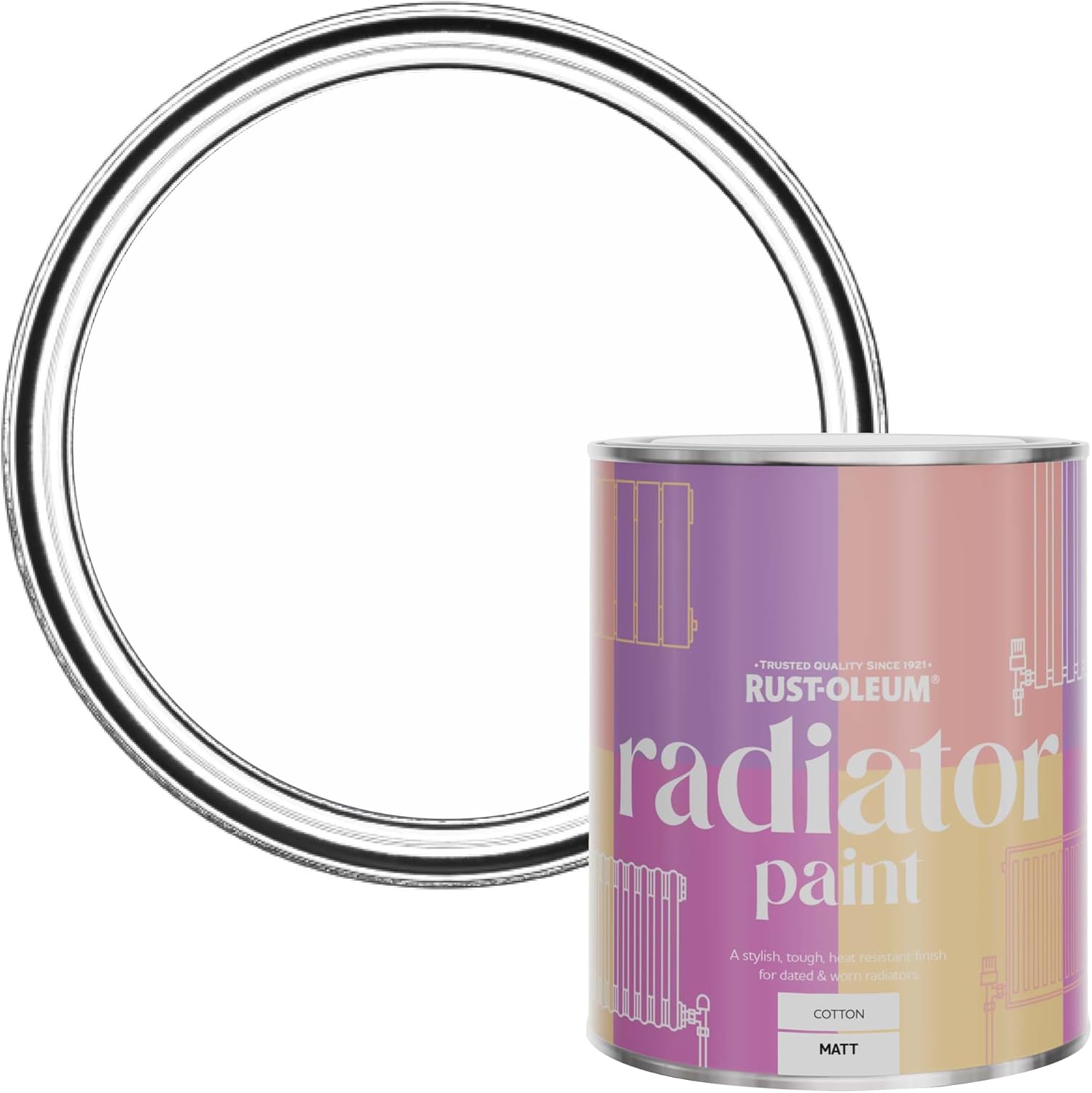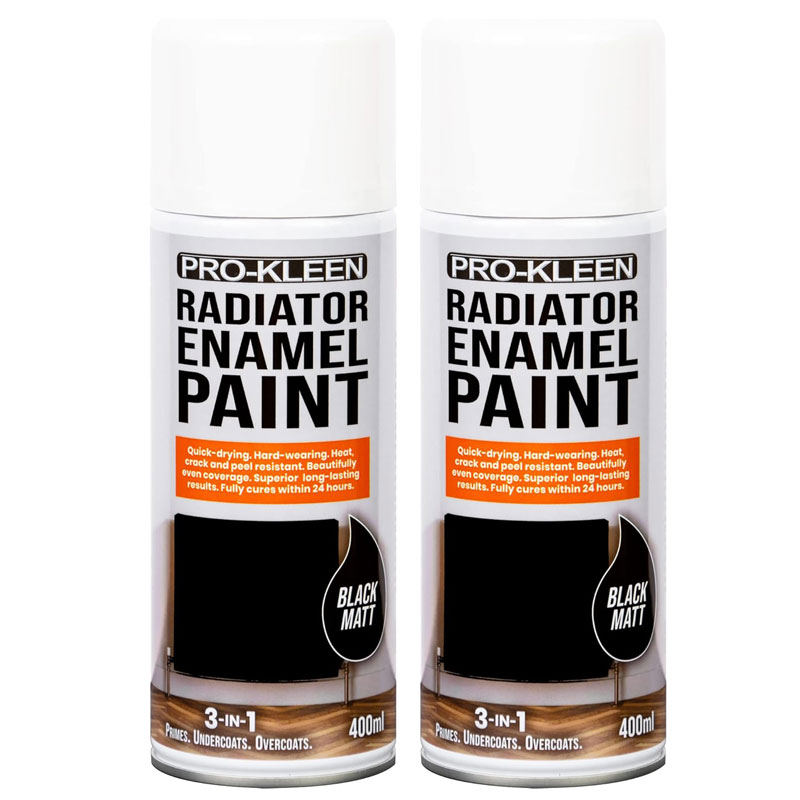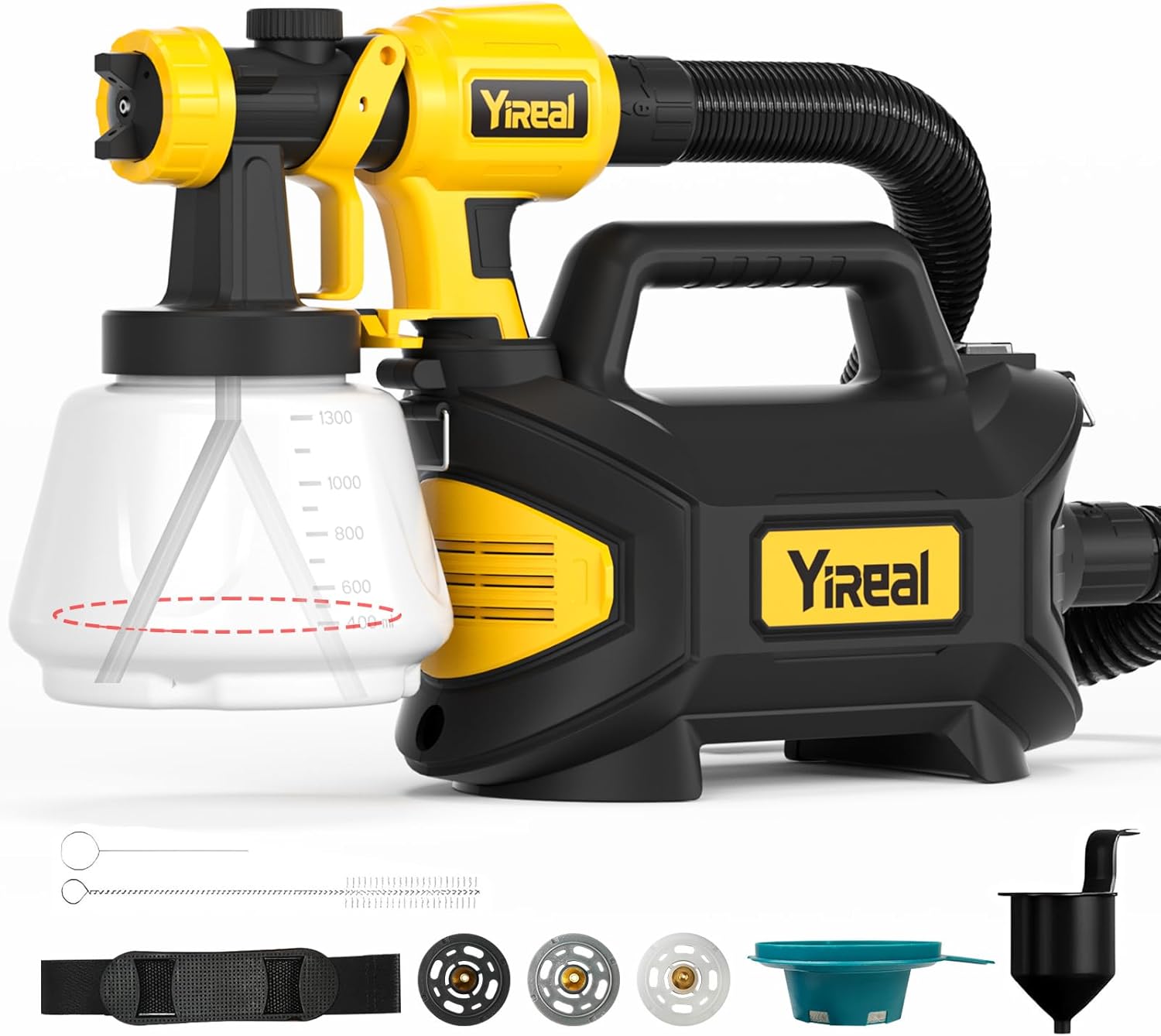Will the amount of paint coats on a radiator affect heat output? Here’s what experts say
If you're thinking of painting your radiators, find out how much you can add without affecting heat output

Most radiators come pre-painted and factory-finished, so it makes sense that they are at their most energy-efficient. However, the original colour might not meet your design ambitions, or time has taken its toll, and a repaint is on the cards.
Even the best radiators will eventually need a makeover, and a new coat of paint is a very cost-effective way to update them. But the big question is, will the new paint affect the heat output? Here you’ll find what difference paint will make, which colour works well, and which paint to use.
Will the amount of paint coats on a radiator affect heat output?
When painting radiators, adding more layers of paint can affect the output of a radiator, but the reduction in output is typically minimal, as Viktor Velikov, Director of ELSERVE points out, “Each layer of paint adds a thin barrier that can slightly reduce a radiator’s ability to release heat. The effect is usually minor,” he adds, “But excessive build-up insulates the metal and lowers efficiency.”
It is worth noting that most standard radiators have three layers. “Most modern radiators leave the factory with three layers: primer to prevent corrosion, undercoat for adhesion, and a gloss topcoat for durability and appearance," he says. “These coatings are heat-resistant and applied thinly to preserve thermal performance.”

Viktor Velikov is a seasoned UK-based painter and heating expert. His expertise in application techniques and paint types ensures practical, informed advice for achieving optimal radiator performance and appearance.
Try these paints and tools on a radiator

This radiator paint is available in a wide selection of colours including the classic white, shades of grey and various pastel colours. Touch dry in one hour and dry in four.

A 3-in-1 aerosol spray paint acts as a primer, undercoat and top coat. It is quick-drying and hard-wearing and available in black (matt & satin), grey (matt & satin) and white gloss.

An electric-powered, lightweight HVLP (High Volume, Low Pressure) paint sprayer that features a separate motor and spray gun. Comes with a 1.3-litre tank and adjustable spray patterns.
The best colour for heat output
The colour of a radiator has little effect on its heat output. Louis Georgiou, Operations Director, Essential Workwear, briefly explains why: “Radiators have traditionally been white just because it suits most interiors, not because it improves performance. In reality, the colour has very little effect on how much heat you feel in a room.” Good news if you want your wall colour to match your radiator – our tips on painting behind a radiator will help with that task too.
Jimmy Englezos, Senior Brand Manager from Ronseal also explains it's not really the colour that makes the difference. “A radiator’s heat output is actually more manipulated by the reflectiveness of its paint finish," he says. "Shiny surfaces such as chrome or stainless steel will reduce its overall heat output since the shinier surface reduces its ability to transfer heat to the surrounding air.”

Jimmy is the Senior Brand Manager at Ronseal, a provider of various paint products. Jimmy regularly provides insights and guidance on properly preparing wood for treatment, as well as handy tips and hints for decorating and general DIY projects.
How the finish affects the heat output
When painting a radiator, the finish can affect heat output, but, as already mentioned, the reduction is minimal, especially with traditional paint finishes such as gloss, satin, and matt.
Bring your dream home to life with expert advice, how to guides and design inspiration. Sign up for our newsletter and get two free tickets to a Homebuilding & Renovating Show near you.
Georgiou says, “Whether you go for gloss, satin, or matt, the heat output will stay virtually the same – the finish is more about aesthetics than performance. What really matters is the quality of the paint.”
According to Englezos, for an effective finish, use matt paint: “Matt finishes can improve a radiator's efficiency and heat output, with black being the most efficient colour choice since it absorbs all light wavelengths before converting them into other forms of energy, in this case, heat.”
While black is a good choice, there isn’t a big difference between colours, explains Englezos, “The specific change in heat output between matt black and other matt colours, e.g., white radiator paint, is only around 1%, so don’t feel like you have to stick to black to get the maximum efficiency.”

Louis Georgiou provides practical insights for the construction and DIY sectors. He has extensive experience in workwear and understanding of practical applications in painting and heating systems.
Paint to use on a radiator
Choosing the right paint for a radiator is key to a successful paint job. Englezos says, “It’s important to use the correct type of paint that is suitable for use on metalwork and can withstand temperature changes.” The easy choice is a radiator paint such as this Hammerite Radiator Enamel Aerosol from Amazon, as it’s specifically formulated for radiators.
You can use everyday wood/metal paints such as this Dulux Trade Satinwood from Toolstation. These are typically heat-resistant up to around 90 degrees Celsius but are prone to discolouration, especially light coloured oil-based paints.
Whether you're looking to update your hallway radiator ideas or want to refresh your living room radiators, painting them with a couple of coats of your favourite shade is a quick and cost-effective way to add a touch of style to a room without impacting how much heat you'll get from the radiators.
Steve Jenkins is a freelance content creator with over two decades of experience working in digital and print and was previously the DIY content editor for Homebuilding & Renovating.
He is a keen DIYer with over 20 years of experience in transforming and renovating the many homes he has lived in. He specialises in painting and decorating, but has a wide range of skills gleaned from working in the building trade for around 10 years and spending time at night school learning how to plaster and plumb.
He has fitted kitchens, tiled bathrooms and kitchens, laid many floors, built partition walls, plastered walls, plumbed in bathrooms, worked on loft conversions and much more. And when he's not sure how to tackle a DIY project he has a wide network of friends – including plumbers, gas engineers, tilers, carpenters, painters and decorators, electricians and builders – in the trade to call upon.

